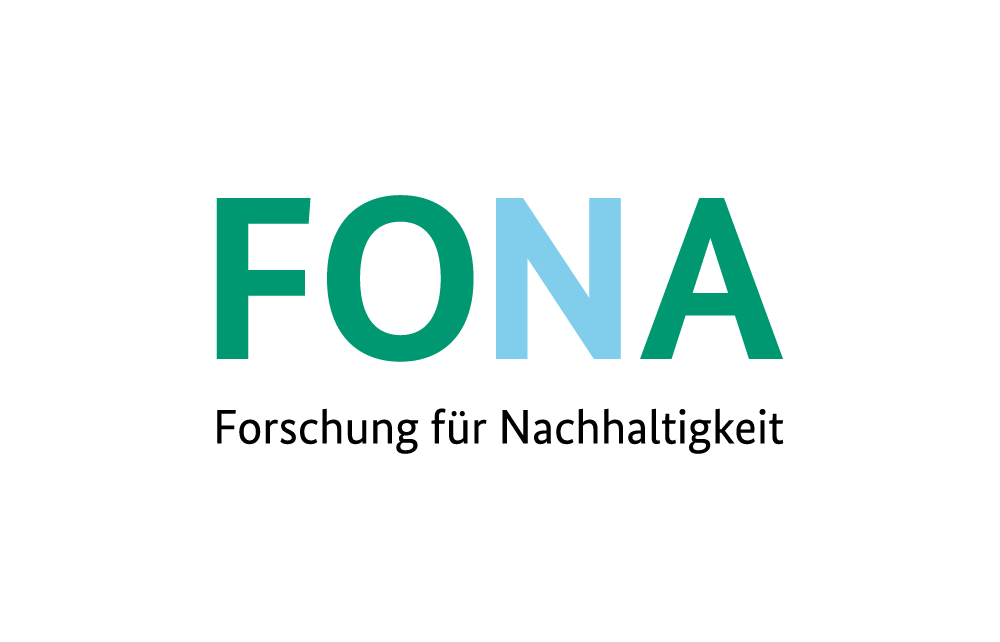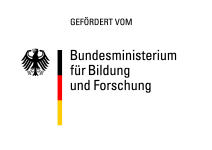Urban areas react highly sensitive to changes in the climate, such as extended periods of heat, severe storms or floods. The consequence: cities need to prepare themselves for climate change. In this context, cities are a particular site of conflicting goals, for example between increasing settlement pressure on the one hand and the necessary adaptations to the consequences of climate change on the other. Dealing properly with high pollution levels is also a challenge for cities.
The programme "Urban Climate Under Change" was dedicated to the burden of heat and pollutants on cities. The aim was to provide cities with a scientifically substantiated practical set of tools that can be used as a data basis for implementing adaptation measures to improve the urban climate and air pollution control. To this end, a new computer model for urban climate modelling down to the level of buildings was to be designed together with future users.
In the first phase of the programme, the basic framework for the digital urban climate simulation model "PALM-4U" (Parallelised Large-Eddy Simulation Model for Urban Applications; i.e. PALM for you) was developed. Important milestones were the elaboration of the requirements for such a model, several measurement campaigns and the publication of a first version of the model.
Based on these results, the overarching goal for the second phase has been to further develop the urban climate model into a practical product that meets the needs of municipalities and other users not only in research but also in practice. See also PALM-4U image film.
At the same time, the model is also to be used for scientific research and further developed accordingly. This required in particular a complete evaluation of the model and the necessary further developments, a practice-oriented user interface and significantly expanded tests in practical applications.
The established module structure from the first phase has essentially been retained. The work in the second phase was also organised in three modules, which were dedicated to the sub-aspects of model development, model evaluation and scientific application, as well as practicability and continuation strategy.
"Urban Climate Under Change" [UC]2 started in 2016 and ended in 2023 after two funding phases. The Federal Ministry of Education and Research (BMBF) funded the measure with a total of 26 million euros as part of the "Research for Sustainability" (FONA) strategy. The funding measure was supervised by the DLR Projektträger.
The PALM-4U model provides calculations on overheating, thermal room comfort, wind circulation and pollutants in the air.
Source: Leibniz University Hannover, Björn Maronga

